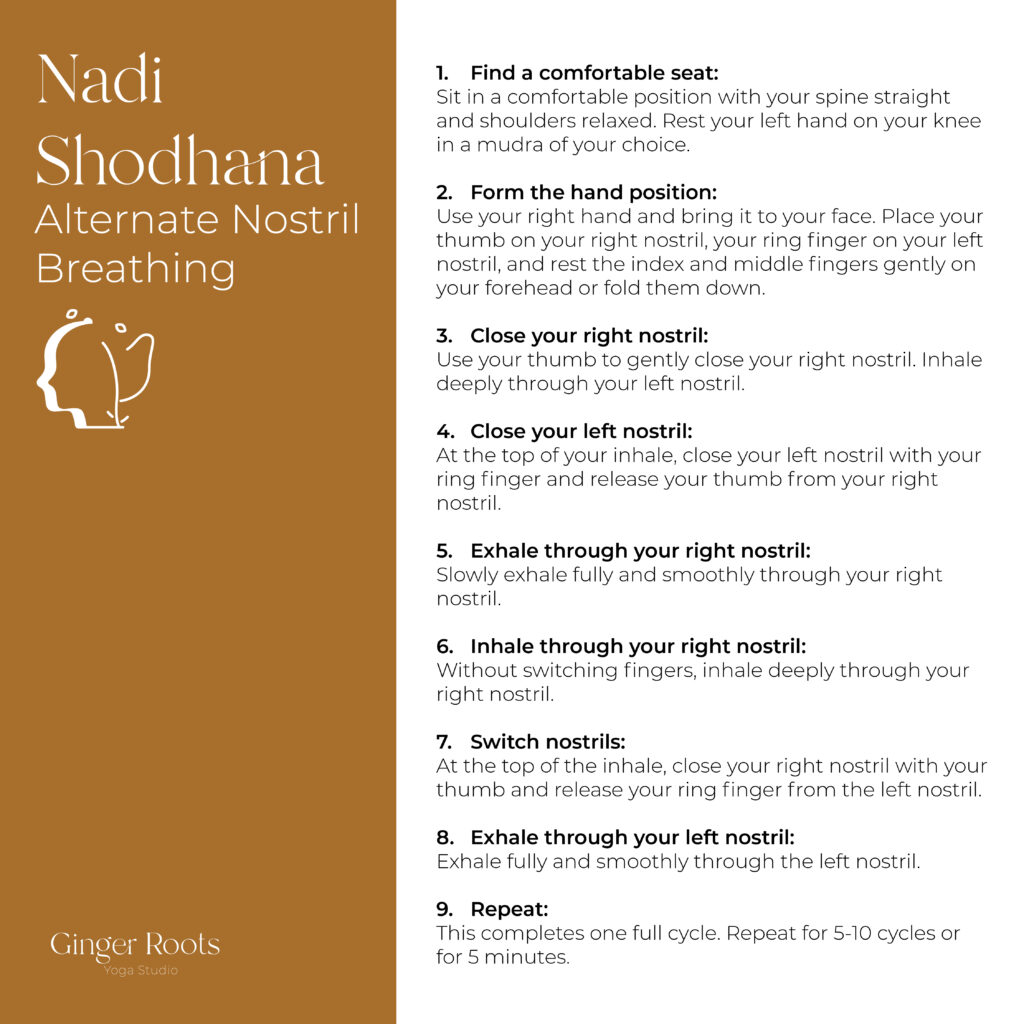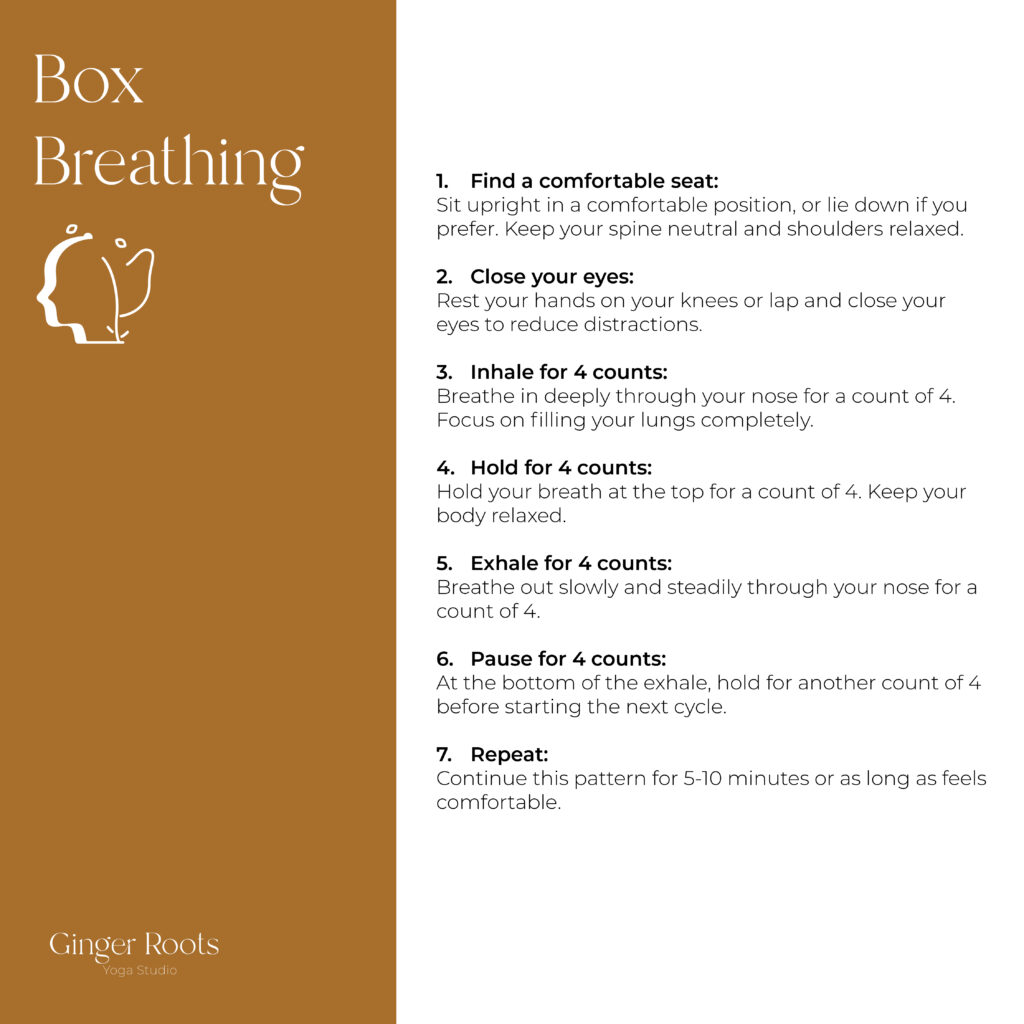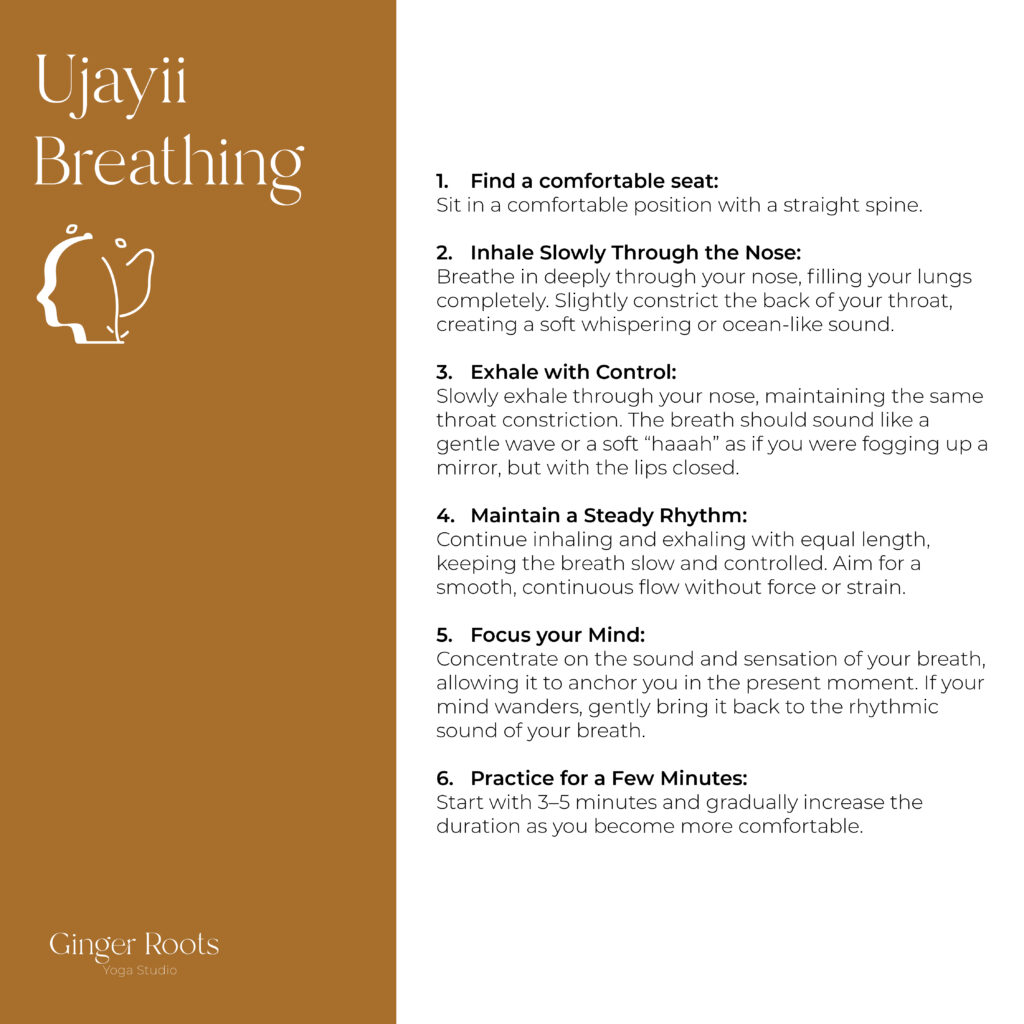When I first started yoga, I thought it was mostly just a workout which would help increase my flexibility and perhaps make me more calm. As I dove deeper into the ancient practice of yoga and began exploring the 8 Limbs of Yoga, pranayama became one of the limbs that intrigued me.
What is pranayama?
Pranayama is a multitude of techniques that are practiced to control the breath. It involves breathing at different lengths of time in different ways.
Prana is a Sanskrit term for our life force. It is an invisible energy that flows through all living things. This concept is similar to the Chinese philosophy of Qi.
Yama is a Sanskrit term for control or regulation. In the concept of pranayama, it the practice of consciously regulating the breath to enhance or direct the flow of energy or prana.
What are the benefits of Pranayama?
1. Physical Benefits
Pranayama has a direct effect on the body’s physiological systems, promoting better health and vitality.
- Improved Lung Capacity & Respiratory Health
- Strengthens the respiratory system by increasing lung efficiency and oxygen intake.
- Helps in clearing nasal passages and improving airflow, which can benefit conditions like asthma or allergies.
- Enhanced Cardiovascular Function
- Regulates heart rate and blood pressure, leading to better heart health and circulation.
- Reduces strain on the heart by promoting efficient oxygen exchange.
- Detoxification & Improved Digestion
- Deep, controlled breathing helps expel toxins and stimulates digestion by massaging internal organs.
- Supports metabolism and enhances nutrient absorption.
- Boosted Immunity
- Encourages lymphatic drainage, helping the body eliminate toxins and build resistance against illnesses.
- Reduces oxidative stress and inflammation in the body.
2. Mental and Emotional Benefits
Breath and mind are deeply interconnected. Pranayama helps regulate emotions, improve focus, and calm the nervous system.
- Stress Reduction & Anxiety Relief
- Activates the parasympathetic nervous system, promoting relaxation and reducing the “fight or flight” response.
- Helps lower cortisol levels, reducing stress and anxiety.
- Increased Mental Clarity and Focus
- Encourages mindfulness and presence by bringing awareness to the breath.
- Enhances concentration, cognitive function, and decision-making abilities.
- Emotional Balance & Mood Regulation
- Helps in managing emotional highs and lows, fostering greater emotional resilience.
- Supports individuals in overcoming negative thought patterns.
3. Spiritual Benefits
Pranayama is a bridge between the physical and the spiritual, allowing practitioners to deepen their connection with themselves and the universe.
- Heightened Self-Awareness and Inner Peace
- Deep breathing cultivates a sense of presence and mindfulness, allowing for greater self-awareness.
- Encourages a deeper connection to one’s inner self and life purpose.
- Energy Alignment and Chakra Activation
- Pranayama helps balance the body’s energy channels (nadis) and awaken dormant energy in the chakras.
- It enhances the flow of prana, promoting overall vitality and harmony.
- Preparation for Meditation
- Practicing breath control helps calm the mind and prepares the practitioner for deeper meditation and introspection.
- Supports spiritual growth and a sense of oneness.
3 Easy Pranayama Techniques to Try:
Precautions:
Pranayama offers many benefits, but it’s essential to approach it with care and awareness:
- Start slow: Avoid pushing your limits; begin with short durations and gradually increase.
- Breathe naturally: Never force or hold your breath beyond comfort, as it may cause dizziness or discomfort.
- Medical conditions: If you have respiratory issues, heart conditions, or high blood pressure, consult a healthcare professional before practicing.
- Pregnancy considerations: Expecting mothers should practice gentle techniques under the guidance of a qualified instructor.
- Practice on an empty stomach: Avoid practicing immediately after meals to prevent discomfort.
Always listen to your body and prioritize comfort and ease in your practice.
Nadi Shodhana – Alternate Nostril Breathing
Nadi Shodhana is one of the easiest pranayamas to practice and teach to students. I notice a massive difference in how calm and focused students are after practicing this technique. This pranayama helps to balance energy and promotes relaxation. The term Nadi Shodhana translates to “clearing the energy channels,” with Nadi referring to the subtle energy pathways in the body and Shodhana meaning purification.
By consciously alternating the breath between the left and right nostrils, this practice promotes equilibrium between the two hemispheres of the brain, enhances mental clarity, and restores inner balance.
I recorded a full tutorial here.

Box Breathing
Box breathing, also known as square breathing, is a simple yet powerful breathwork technique used to regulate the nervous system, reduce stress, and enhance focus. It involves equal-length inhalations, breath holds, and exhalations, following a structured “box” pattern.

Ujjayi Breathing
Ujjayi, often called “Victorious Breath” or “Ocean Breath,” is a powerful pranayama technique that helps calm the mind and energize the body. It creates a soothing sound similar to ocean waves, achieved by gently constricting the back of the throat. Ujjayi breathing is commonly used in yoga practice to build focus, regulate breath, and cultivate a meditative state.

How to Incorporate Pranyama into your Daily Routine
The best part of pranayama is that you can practice it anywhere and at anytime – your breath is always with you.
- Start by practicing it for 5 minutes as you wakeup or before you go to bed.
- If you are feeling stressed throughout the day, take 2 minutes to tune into your breath and practice one of the techniques.
- You could also incorporate it into your meditation practice or during a workout – Ujjayi breath is perfect for workouts.
Final Thoughts
During my YTT, I realized how important the breath is in this practice and how it plays a fundamental role in our day-to-day lives.
I highly encourage you to take a few moments out of your day to simply sit and observe your breath. Notice its natural rhythm without trying to change it. Then, practice one of these techniques for just 5 minutes and observe how you feel afterward. The breath is a powerful tool—one that we often overlook and take for granted. Yet, with mindful attention, it has the potential to bring clarity, calm, and balance to both body and mind. Whether you seek relaxation, focus, or emotional grounding, your breath is always with you, ready to support you whenever you need it.
Until next time,
Siobhan
- The Fire of Tapas: Finding Contentment & Letting Go
- The 8 Limbs of Yoga: A Path to Wholeness
- Unlocking the Power of Breath: An Introduction to Pranayama
- 4 Lessons I Learnt During My YTT
